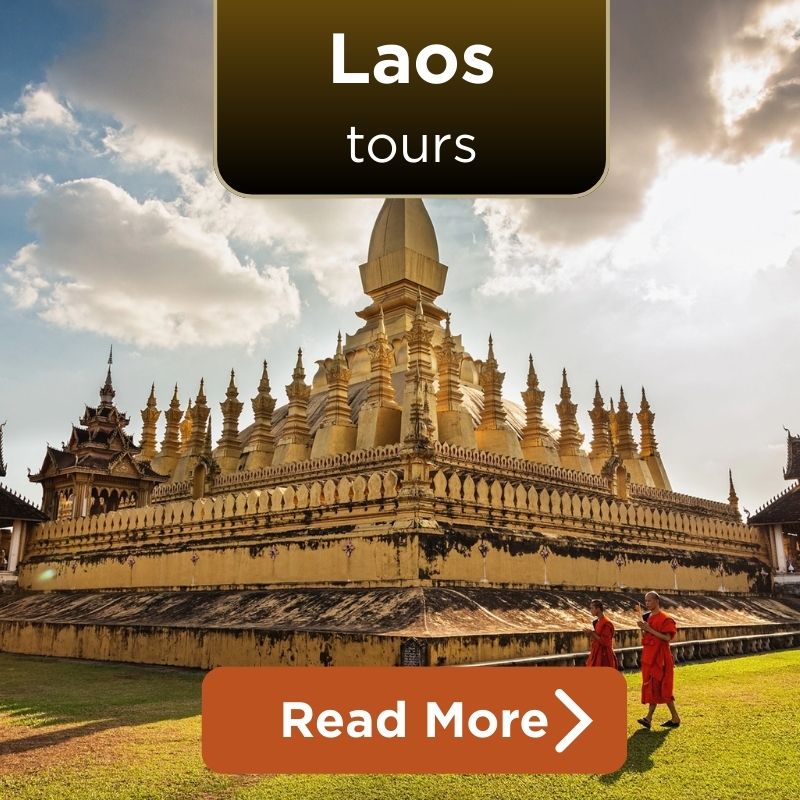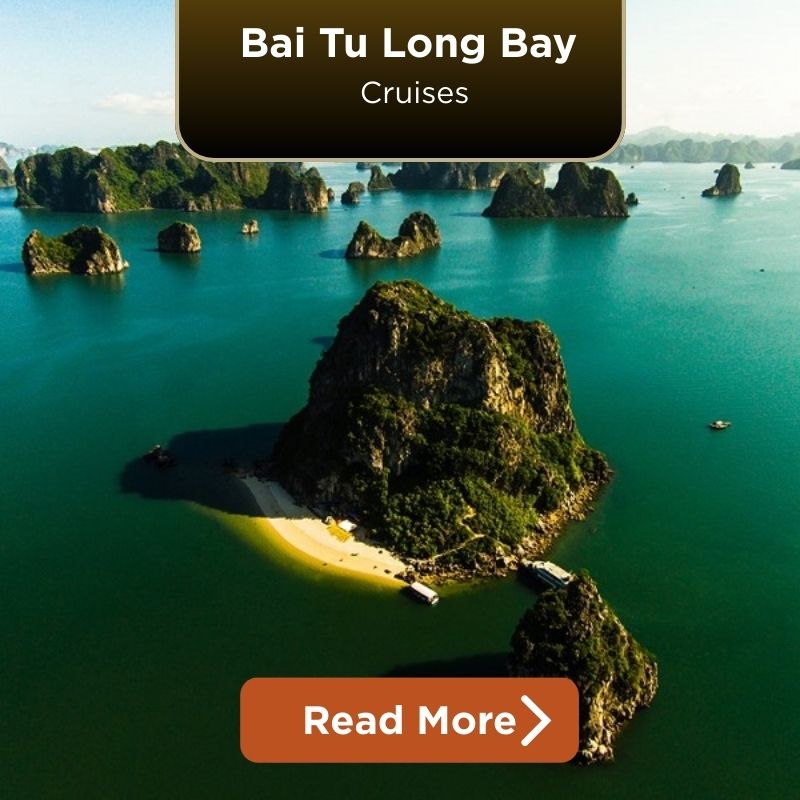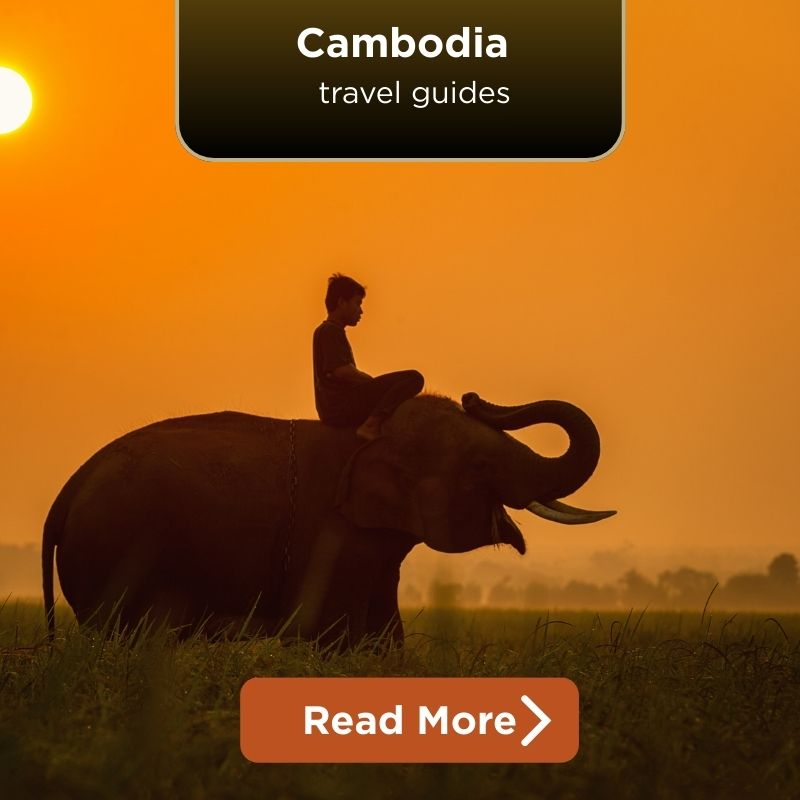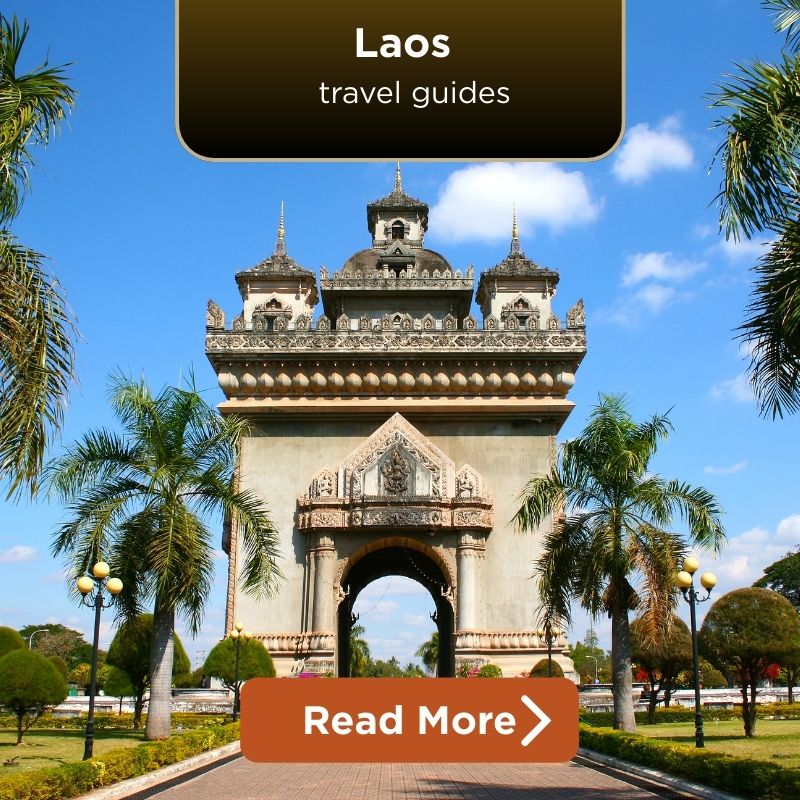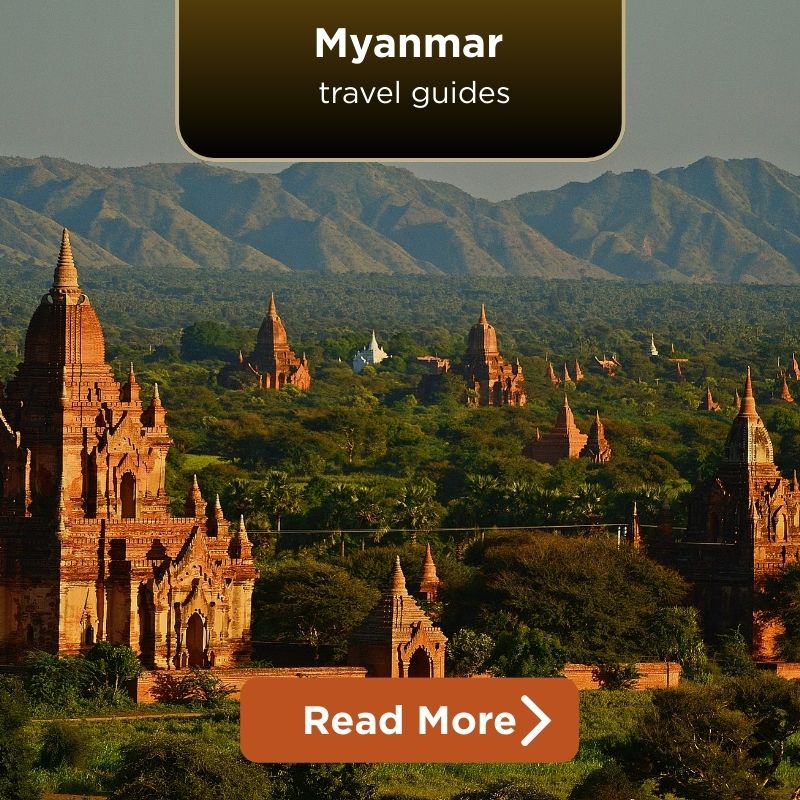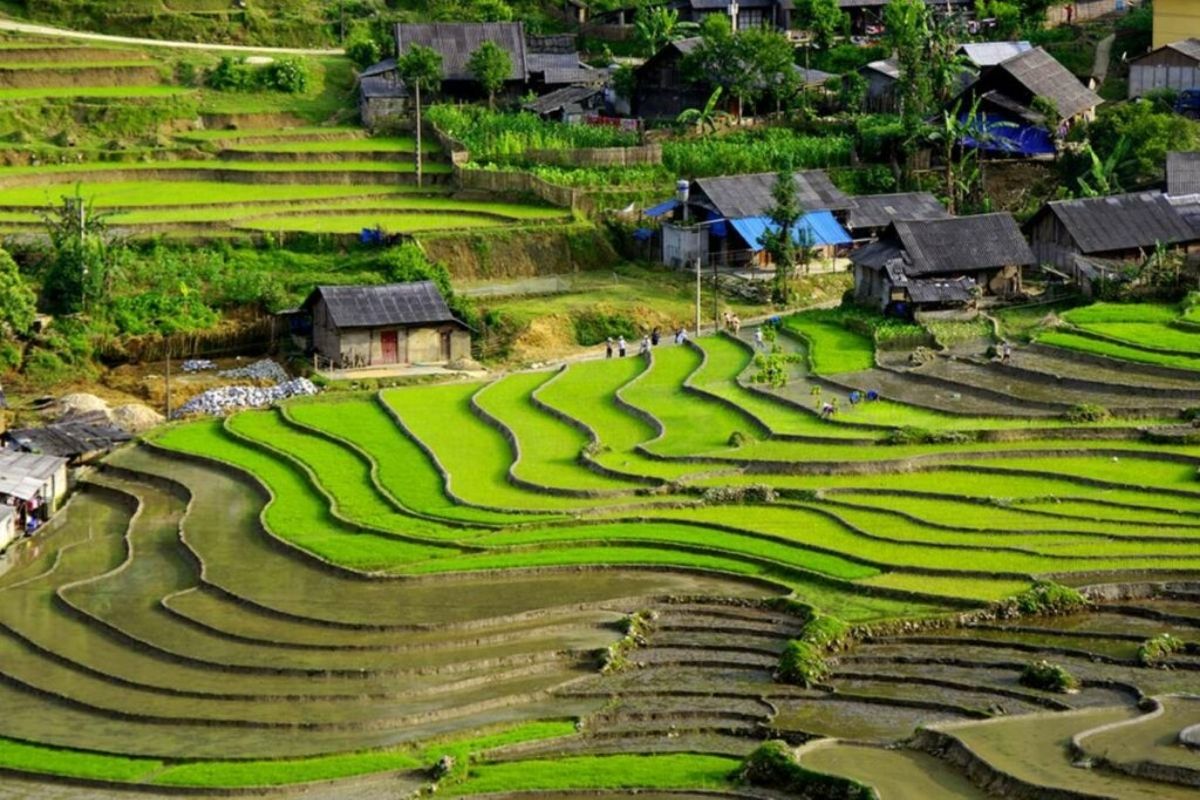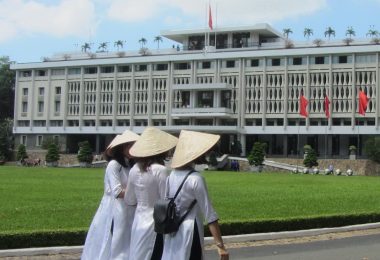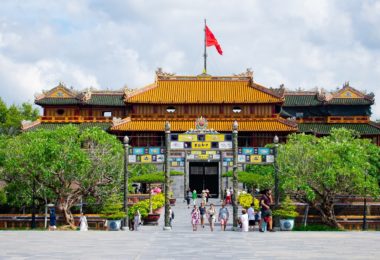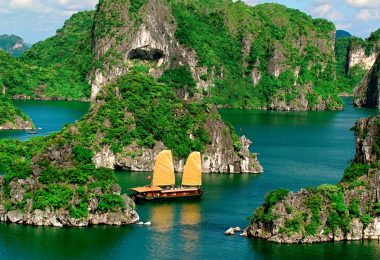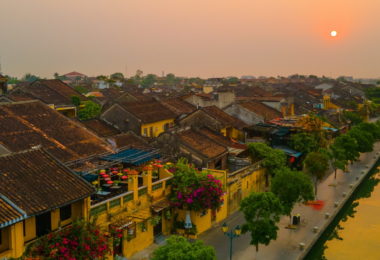What to Expect: February Weather Overview in Northern Vietnam
Average Temperatures: Comfortable for Exploration
Daytime temperatures will be in the range of 15°C and 22°C through most of the north. It’s cool enough to savor a bowl of steaming pho in Hanoi and mild enough to hike the terraces of Sapa or cruise the limestone karsts of Halong Bay. Evenings in the highlands can be chilly, you might want to have layers and walking shoes if you are ready to party at night!
Rainfall, Humidity & Sunshine: The Dry Spell We Love
A spell of dry weather in February is such a gift. Rainfall is at its annual minimum, with an average of only 37mm over the month, from around 7-8 wet days. With humidity hanging around 80-84%, the air feels fresh, particularly in the early morning. Sunshine hours? You’ll have 2-3 hours of golden light every day, ideal for your camera lens and morning adventures.
Mist or Sun? Geography Makes the Call
One of the great things about the North Vietnam Weather in February – and the country as a whole – is that it varies dramatically from region to region:
- The Red River Delta region of Hanoi, Ninh Binh, and the area around the Perfume Pagoda Festival in particular receive misty fog in the mornings, which gives the setting a vague feeling, very romantic, so ideal for couples and culture-loving travelers.
- Elsewhere in the North, the high northwest (meaning Sapa and Ha Giang) can promise clearer skies and cooler weather with dry trekking conditions, particularly towards the latter half of the month.
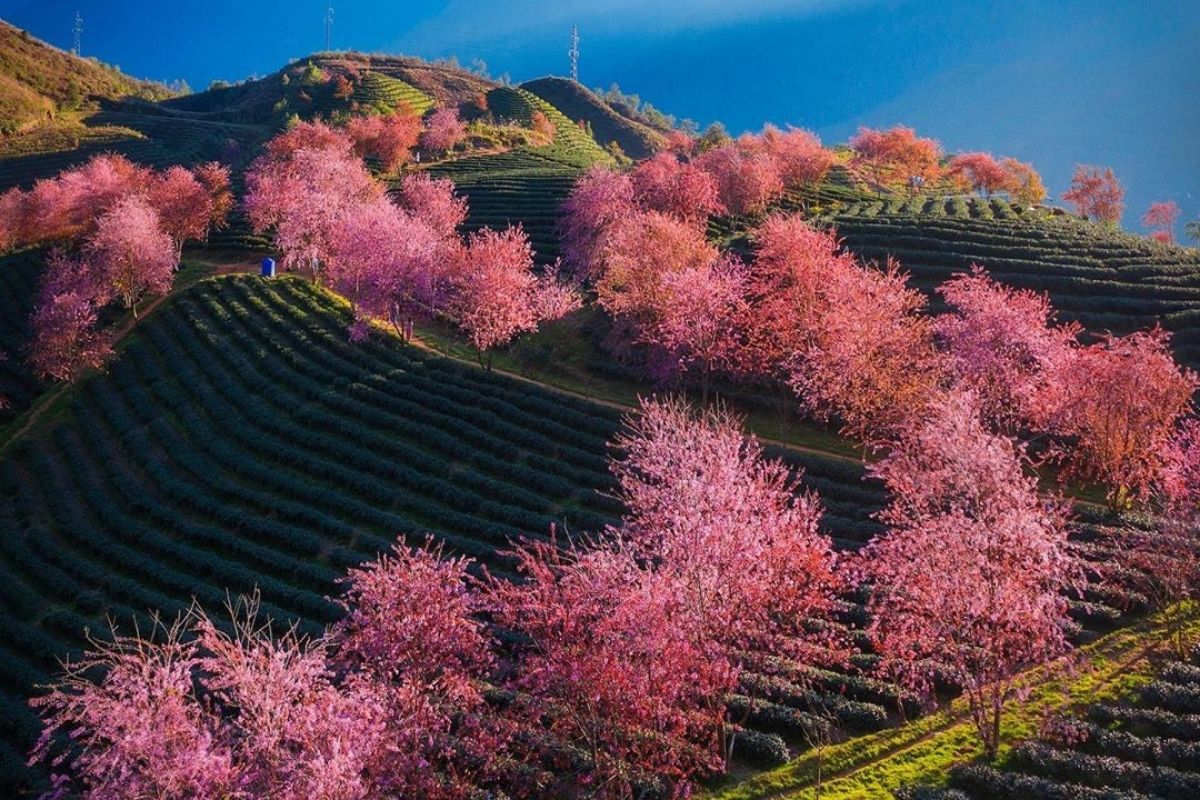
Sapa February (Source: chudu24)
Temperature Trends Across Key Destinations in Northern Vietnam
Hanoi: Cool, Cultural, and Perfect for Exploring
Daytime temperatures in the capital are about 17-22°C, and nights are a little chillier at 14-16°C You’ll enjoy cool foggy mornings sipping egg coffee by Hoan Kiem Lake, but by the time noon rolls around, you’re in for fresh, great weather to explore temples, museums, or to be a part of Tet’s Hang Ma Street celebrations. Bring your comfortable shoes, this is a great month for walking!
Sapa: Mountain Majesty and Crisp Air
Well, come on down to one of the actual coolest parts of this country! Sapa is stunning with typical highs of around 15°C while evening temperatures can drop to or below 7°C, particularly in the first few weeks of the month. Anticipate misty views, the odd frost, and epic hikes through terraced rice fields and ethnic minority communities. This is proper North Vietnam Weather in February – dramatic, soul-stirring, and refreshing.
Ha Giang: Remote, Rugged, and Sublime
Up in the winding passes of Ha Giang, February temperatures range between 13°C and 20°C. Nights can feel quite chilly, around 8-10°C, especially in the Dong Van Karst Plateau. But that’s part of the charm! Fewer tourists, clear trails, and traditional Vietnamese New Year customs make this a cultural experience you’ll never forget. Dress in layers, and get ready to photograph some of the most dramatic landscapes in all of northern Vietnam.
Ha Long Bay: Mist and Magic on the Water
The crown of northern Vietnam, Halong Bay, shimmers even beneath a veil of mist. Highs are in the upper 60s/lower 70s, and the lows are 15°, then there’s the mists, an otherworldly setting for your cruise, massive limestone pinnacles floating through the clouds, like giant sentinels, pulling the ship forward in time. Although a sense of mystery fills the air, there is little rain this month due to the very dry February, and the wind is tranquil enough to enjoy many activities such as kayaking, cave visiting, or sunrise Tai Chi at the upper deck!
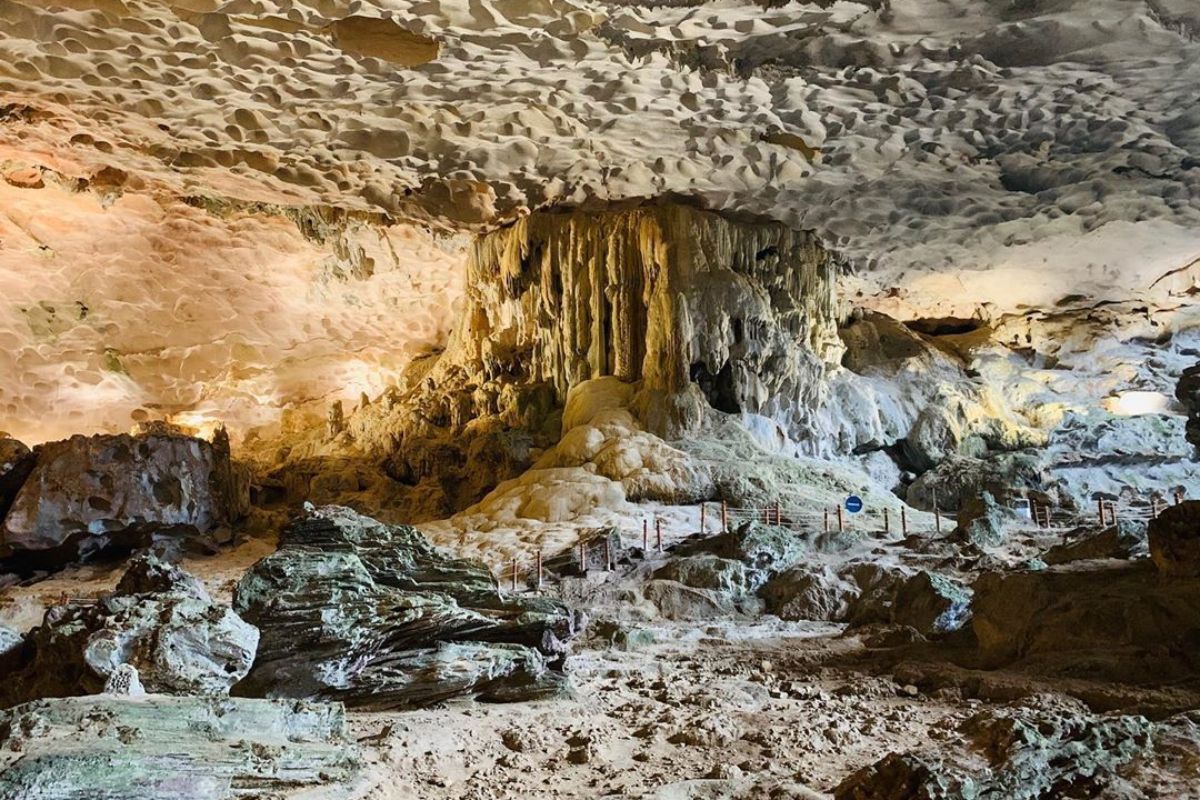
Visit the caves in Ha Long (Source: duthuyenhalong)
Ninh Binh: Tranquil Valleys and Temple Adventures
Ninh Binh is the same as Hanoi in terms of weather, with a temperature of about 17°C during the day and 13-14°C at night. But it’s distinct for its natural environment with rice fields, pagodas, and river caves. To drift in a boat through Tam Coc in a light mist, Tet, the season of the Lunar New Year, is a sight to be savored for eternity. Add to that a trip to the Perfume Pagoda Festival nearby, and you’ve got one of the most soul-stirring itineraries in the North!
Layering is the Name of the Game
Rain or Shine? Prepare for Both!
Even in February, it’s generally dry, though expect morning mist or intermittent drizzle; this is more likely near the Perfume Pagoda Festival and in river valleys. So pack:
- A travel umbrella or a light rain jacket
- A quick-dry head scarf or buff (also great for warmth and foggy rides!)
- Sunglasses and sunscreen, especially if you’ll be out in the sun in Halong Bay or hiking around Phong Nha Ke Bang National Park’s exposed trails
Footwear: Don’t Skimp Here!
You will walk on cobbled streets of the Old Quarter, the staircases of ancient pagodas, and muddy paths through the mountains. Which is why your packing list must contain:
- Waterproof walking shoes with traction
- Trekking shoes, lightweight hiking boots for Ha Giang, Sapa, and Ninh Binh’s countryside.
- Some casual slip-ons for a night on the town or travel days
Best Activities to Do in February (With Weather in Mind)
Trekking in Sapa & Ha Giang with North Vietnam Weather in February
Cool temperatures this month make hiking in Sapa and Ha Giang feel better than ever. With ambient daytime temperatures of about 10-15°C, you can walk for hours without feeling fatigued or overheated. The landscapes are peaceful and quiet, and shimmering flecks of fog lend a magical, serene air.
Carry on good walking shoes and a warm jacket, and wander around local villages, say hello to some of the country’s 56 ethnic minorities, and admire the rice terraces. This is an excellent textbook, North Vietnam Weather in February, after all!
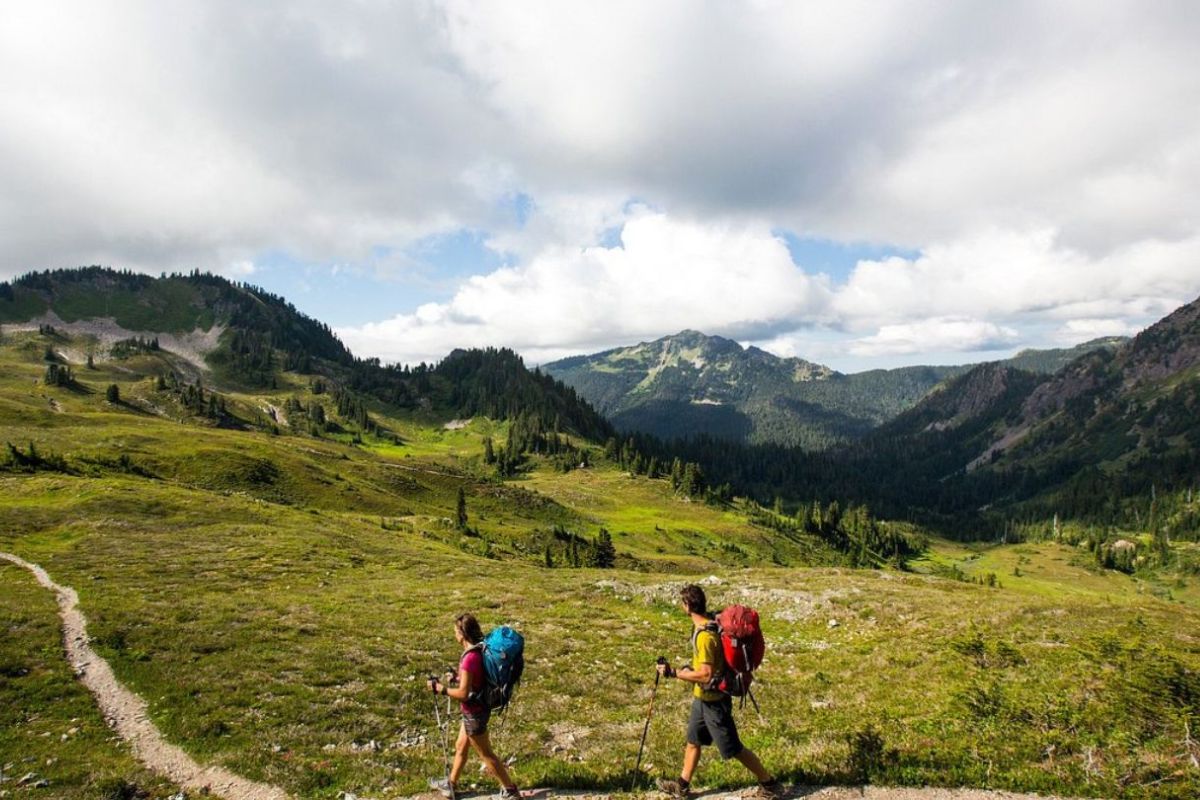
Trekking in Sapa in February (Source: sapanomad)
Cruising in Ha Long Bay with North Vietnam Weather in February
February in Halong Bay experiences misty weather, contributing to the splendid and dreamy background picture. The sea is placid, the air is balmy, and the tourists are few. You’ll think you have the whole bay to yourself!
Go on a cruise through the limestone islands, kayak through caves, or do Tai Chi at sunrise. With dry weather, then, February is a smooth and relaxed time for activities. If photography and nature are two of your favorite things, now is the time to go.

Cruise in Ha Long Bay (Source: halongtourism)
Cultural Strolls in Hanoi with North Vietnam Weather in February
February is a fabulous month to stroll around Hanoi. The chilly weather helps with getting around temples, markets, and old streets without feeling overheated or fatigued. You could visit the Temple of Literature, get it on with street food such as pho (noodle soup) and banh mi (baguettes filled with meat and salad), and watch locals practicing Tai Chi around Hoan Kiem Lake.
It gets better still, as this is when Tet, the Lunar New Year, tends to come around (this can vary from late January to mid-February). The Tet holiday means festive décor, flower markets, and traditional performances. It’s a lovely cultural experience.
Boat Rides in Ninh Binh with North Vietnam Weather in February
Ninh Binh, a boat ride in February, is like stepping into a fairy tale. You’ll float by misty limestone mountains, serene rice fields, and caves. The delicate mist softens bleak landscapes and romanticizes bleak landscapes.
Don’t overlook the nearby temples or a visit to the Perfume Pagoda Festival, also beginning in February. You’ll never forget the mix of nature and spirituality.
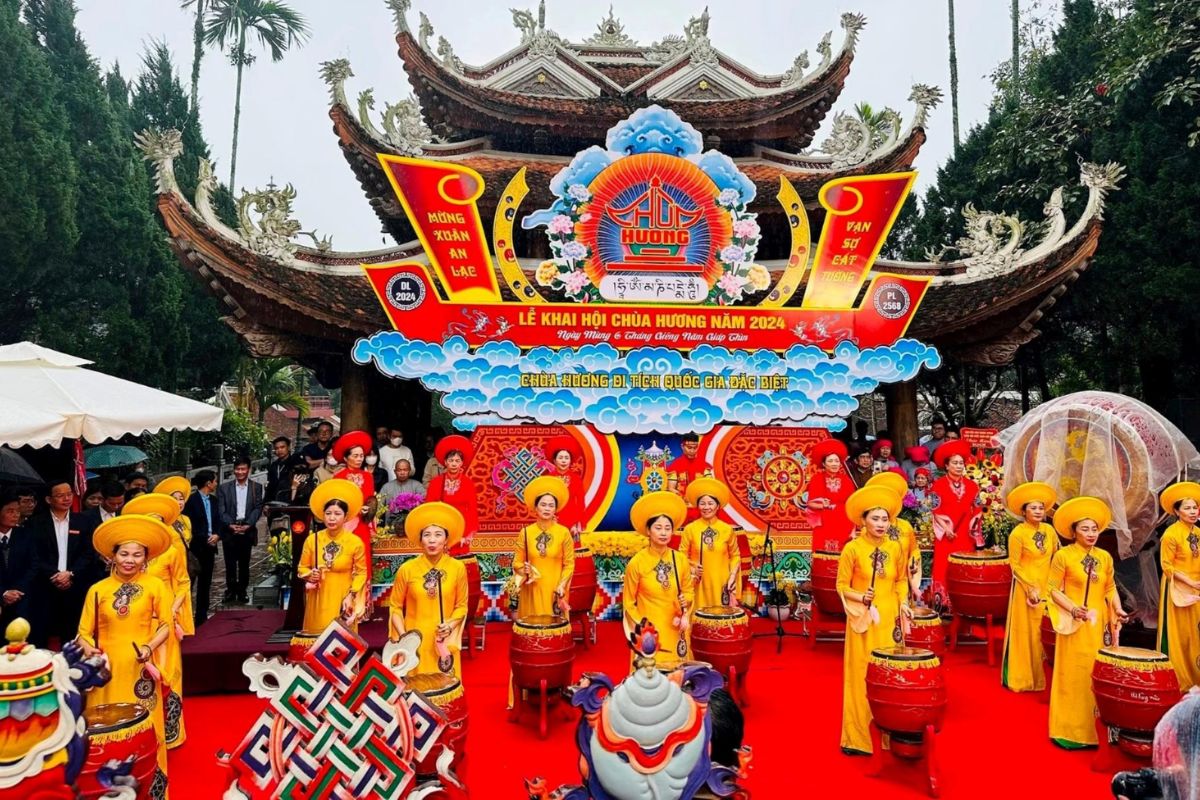
The Huong Pagoda Festival in Ninh Binh (Source: nguoihanoi)
Pros & Cons of Traveling with North Vietnam in February
Wondering if the North Vietnam Weather in February is a fit for your traveling style? Let’s lay it all out clearly! Here’s a brief comparison to help you decide if North Vietnam in February is the good time to visit Vietnam you’re looking for:
|
Pros
|
Cons
|
|
Fewer Tourists: Skip the crowds you’d find in Phu Quoc, Nha Trang, or Ho Chi Minh City.
|
Cooler Temperatures: Especially in Sapa and Ha Giang, nights can drop below 10°C.
|
|
Romantic Landscapes: Light fog creates dreamy views in Halong Bay and Ninh Binh.
|
Unpredictable Weather: Sunshine in the morning, light drizzle by afternoon.
|
|
Cultural Festivals: Celebrate Tet the Lunar New Year, which usually falls between late January and mid February.
|
Limited Sunshine: Fewer daylight hours than in southern Vietnam or Mekong Delta.
|
|
Great for Trekking: Cool air is perfect for exploring trails in Ha Giang and Phong Nha Ke Bang National Park.
|
|
Concluison
With its peaceful beauty, cooler weather, and vibrant customs, North Vietnam Weather in February is a pleasant departure from the well-trodden tourist path. Ideal for photographers, culture fanatics, and slow travelers, this period offers misty landscapes, a celebratory atmosphere, and moments of solitude. If you want something real, then yes, February’s a good time to visit Vietnam. Let the north surprise you!







